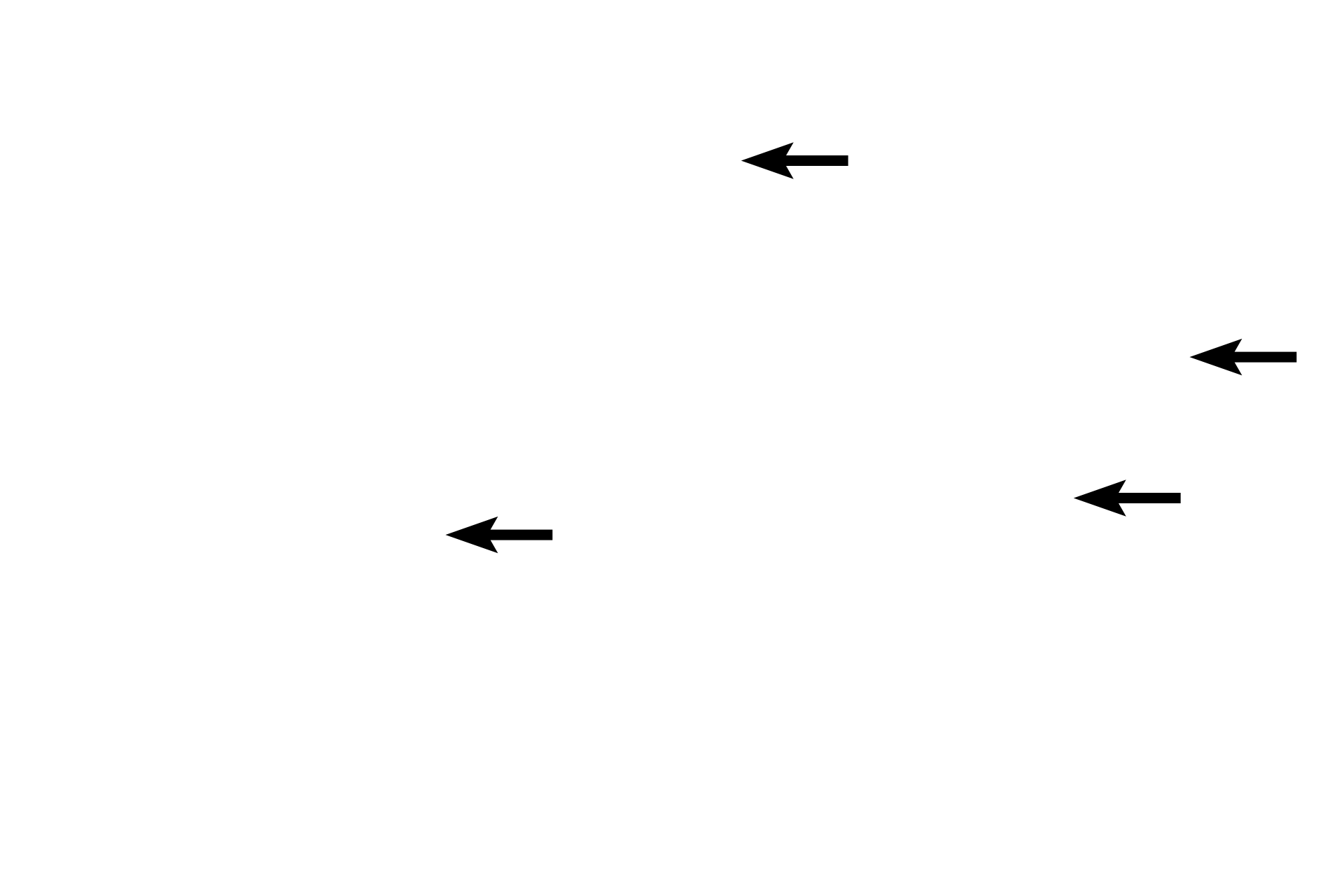
Mast cell
Mast cells are produced in the bone marrow, enter the circulation and then become fixed, resident cells in connective tissue. These cells are spherical to oval-shaped with a centrally-located, spherical nucleus. Their cytoplasm is filled with numerous granules that contain mediators of the inflammatory response. Two major classes of mast cells are recognized, connective tissue mast cells which are located throughout the body and mucosal mast cells that a present in the respiratory and digestive systems. Masts cells are related, but not identical, to basophils. 1000x

Connective tissue mast cells
Mast cells are produced in the bone marrow, enter the circulation and then become fixed, resident cells in connective tissue. These cells are spherical to oval-shaped with a centrally-located, spherical nucleus. Their cytoplasm is filled with numerous granules that contain mediators of the inflammatory response. Two major classes of mast cells are recognized, connective tissue mast cells which are located throughout the body and mucosal mast cells that a present in the respiratory and digestive systems. Masts cells are related, but not identical, to basophils. 1000x

Mucosal mast cells
Mast cells are produced in the bone marrow, enter the circulation and then become fixed, resident cells in connective tissue. These cells are spherical to oval-shaped with a centrally-located, spherical nucleus. Their cytoplasm is filled with numerous granules that contain mediators of the inflammatory response. Two major classes of mast cells are recognized, connective tissue mast cells which are located throughout the body and mucosal mast cells that a present in the respiratory and digestive systems. Masts cells are related, but not identical, to basophils. 1000x

Granules >
Mast cell granules are heterogeneous in size and content. Connective tissue mast cell granules contain heparin and histamine as well as proteases, chymase and tryptase. Mucosal mast cell granules contain tryptase only along with heparin and histamine. Heparin is a heavily sulfated proteoglycan that stains metachromatically with dyes like trypan blue. With H & E staining, the granules stain mostly purplish-red.